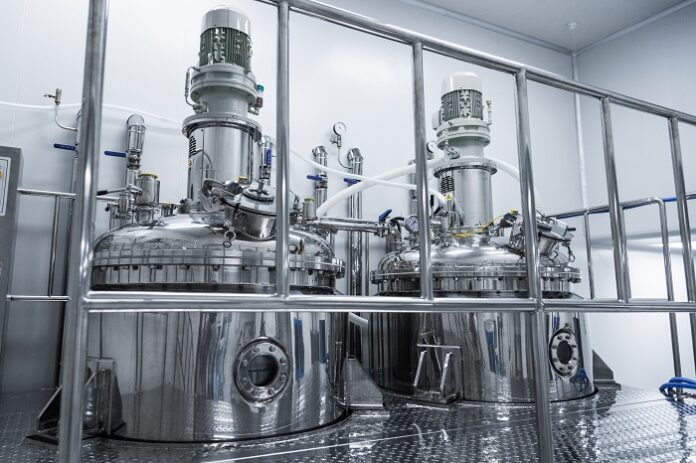In some chemical experiments, it’s necessary to recover a solid-liquid. It’s often done to make this solution more highly boiling. However, in many cases, it’s impossible to achieve this without the smooth removal of a solvent from a sample. Conducting this procedure efficiently is impossible without a high-quality rotatory evaporator that removes the solvent through the reaction of evaporation. Let’s take a closer look at how this device is used and why it’s a necessary tool in any chemical laboratory.
What are rotary evaporators?
A vacuum rotary evaporator, also known as a rotovap, is a laboratory instrument used for the efficient and gentle evaporation of solvents from samples. It consists of a heating bath, a rotating flask, a condenser, and a collection flask.
How does it work? The sample is placed in the rotating flask, which is partially submerged in the heating bath. As the flask rotates, the solvent evaporates and rises into the condenser, where it is cooled and condensed back into a liquid. The condensed solvent then collects in the collection flask, leaving behind the concentrated sample. Rotary evaporators are widely used in chemistry labs for various applications, such as solvent removal, concentration, and purification of compounds. They offer precise temperature control, reduced exposure to oxygen and contaminants, and efficient solvent recovery.
How to work safely with rotary evaporators?
- Familiarize yourself with the operating instructions and safety guidelines provided by the manufacturer before using a rotary evaporator.
- Ensure that the equipment is properly set up and all connections are secure before starting any experiment.
- Use appropriate personal protective equipment (PPE), including lab coats, safety glasses, and gloves, to protect yourself from potential chemical splashes or spills.
- Avoid overfilling the evaporation flask to prevent liquid from entering the condenser or vacuum pump, which could cause damage.
- Monitor the temperature of the heating bath and adjust it accordingly to prevent overheating or boiling over of the sample.
- Avoid using volatile or flammable solvents without proper ventilation or explosion-proof equipment.
- Regularly check and maintain the vacuum pump to ensure proper functioning and prevent contamination of the sample.
- Do not leave the rotary evaporator unattended during operation and always shut off the equipment properly after use.
- Dispose of any waste or unused chemicals according to the appropriate safety and environmental guidelines.
- Seek guidance from experienced researchers or consult with lab supervisors if you have any concerns or questions regarding the safe operation of the rotary evaporator.
How to choose a rotary evaporator?
There are some basic factors you need to consider when choosing an efficient device for chemical experiments that involve evaporation. Here are they:
- Consider the rotatory evaporator price: The cost of the tool might vary from $1,000 to $3,000, depending on the available functionality, construction, maximum volume of liquid that can be contained, and more.
- Consider the supplier: Make sure to buy instruments used for chemical experiments from licensed suppliers who guarantee proper quality and construction of all the device components.
- Ensure the availability of safety features: A professional device should have such mechanisms as overheating protection and an emergency stop button to ensure safe operation.
- Consider user-friendliness: Make sure that the chosen device’s functionality and features available are 100% clear to you.
We hope this guide has just revealed the key things you wanted to learn about the functioning of this laboratory equipment. Make your choice well-thought-out and based on your needs in the application.





